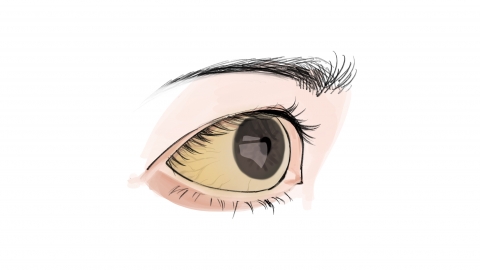What does jaundice mean?
Generally, jaundice refers to a symptom in which a patient's skin, mucous membranes, and the sclera of the eyeball turn yellow, caused by elevated bilirubin levels in the blood. Some liver and biliary tract diseases may present with this symptom. If discomfort symptoms occur, timely visit to a regular hospital for treatment is recommended. Detailed analysis is as follows:

One of the main symptoms of jaundice, the color of the yellowing of the sclera and skin can indicate the type of jaundice. For example, a lemon-yellow hue often indicates hemolytic jaundice; a pale yellow or golden-yellow hue usually suggests hepatocellular jaundice; and a dark yellow or yellow-green hue typically points to obstructive jaundice. The longer the obstruction persists, the more apparent the yellow-green tint of the jaundice becomes. In cases of obstructive jaundice, urine becomes dark, resembling strong tea, and the color of stool may become lighter. When the biliary tract is completely blocked, the stool appears clay-colored. Patients with hemolytic jaundice have urine resembling soy sauce in color, and their stool color also deepens. In hepatocellular jaundice, the urine color slightly deepens, and the stool appears light yellow.
Jaundice can be a symptom of various diseases, including but not limited to hepatitis, cirrhosis, cholelithiasis, pancreatic cancer, and hereditary hemolytic disorders. Therefore, when jaundice occurs, prompt medical attention should be sought to determine the underlying cause through detailed medical history, physical examination, and relevant laboratory tests, followed by targeted treatment.








